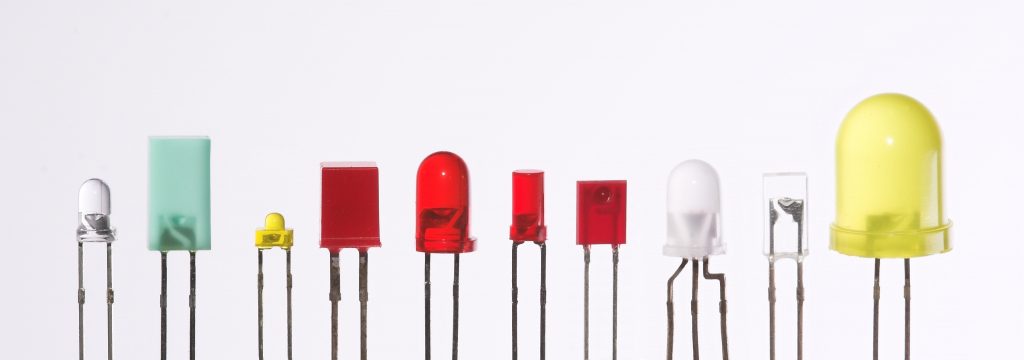Learning doesn’t always have to be teacher led.
There are other models that create authentic experiences for students and are closer to what they will experience once they are finished with school. Last spring, a group of high school juniors came to me, wanting to explore the intersection of art and technology using both paper and sewn circuitry. I had never worked with either before but was excited to learn these tools myself, so I eagerly agreed to the project.
Tinkering alongside your students might sound scary, but it’s a great way to model the learning process. For the first few weeks we met and played with materials, using online tutorials and YouTube videos as resources. My students constantly looked to me for answers and I enjoyed their continued surprise when I responded by saying that I had no idea how to do something. I would ask them what they needed to know and how they thought they could find answers. My students quickly learned to ask thoughtful questions, and which online sites were good resources.
When we tried things and they didn’t work they way we hoped, my students would get frustrated.
Again, they would turn to me to solve the problem. Although I genuinely didn’t know how, it was uncomfortable for me not to provide answers. Often this would happen at the end of our time together for the week. I found they needed time to process failure. But soon, they would be back in my classroom sharing their strategies for figuring out where we had gone wrong and eager to dive back in. I could see the shift as my students discovered that learning is a process that is fully engaging and that they could be in charge of their own journey. They became the leaders of our inquiry, and I a true co-participant. Their self-confidence grew and they wanted to take what they had learned and share it with others.
We teamed up with a first grade class at one of the elementary schools in our district. The first grade teacher didn’t understand circuitry, but when we talked about the possibilities, she was excited. Her students had collaborated on stories, which they wrote and illustrated on iPads. Each group then identified their main character and the problem they had to solve in the story. Their art teacher helped them make their main characters into stuffed felt animals in his class.
And then my students arrived.
Every Wednesday, for six weeks, my students would leave high school and travel to the elementary school across town. Each teamed up with a group and taught them about electricity and circuits. Then they helped them plan and draw their circuits. Each stuffed animal would have one object that when attached by snaps would complete the sewn circuit and light the tiny LED. The younger students were excited and couldn’t wait for Wednesday afternoons when the “big kids” came to their classroom.
My juniors loved working with the younger students but were nervous about being considered the experts in the room. We talked about how it feels to be the teacher and how teachers aren’t really the holders of all knowledge anymore. If students can use YouTube and other online tutorials to learn, then what is the role of the teacher? The model of learning together, teacher and students participating in the journey side by side, is important today as more and more content is available online.
By modeling the learning journey, being vulnerable and admitting that something is hard, but persevering through the struggle, teachers can teach the most valuable lesson there is: that all learning is a process.
It’s not linear.
It can be bumpy, frustrating and discouraging, but ultimately worth it. Modeling the tools to get through the hard moments is valuable but also creates a different kind of bond with your students. They know you’re in it together.
Our young students finished their light-up stuffed animals and presented them at our final celebration by proudly reading their stories. My students became masters of their own learning journeys and felt the power of sharing that process with others, both young and old.
For breakfast, I had oatmeal with raisins and coconut milk!
Author Profile: @lisayokana
